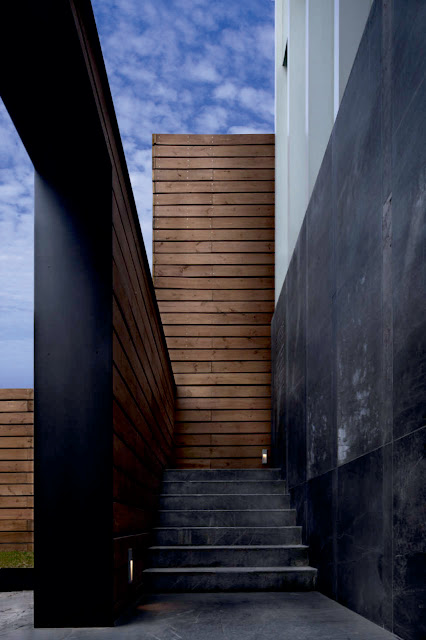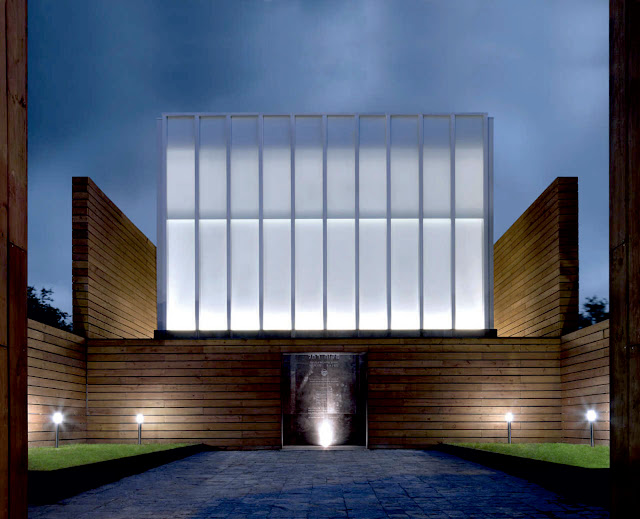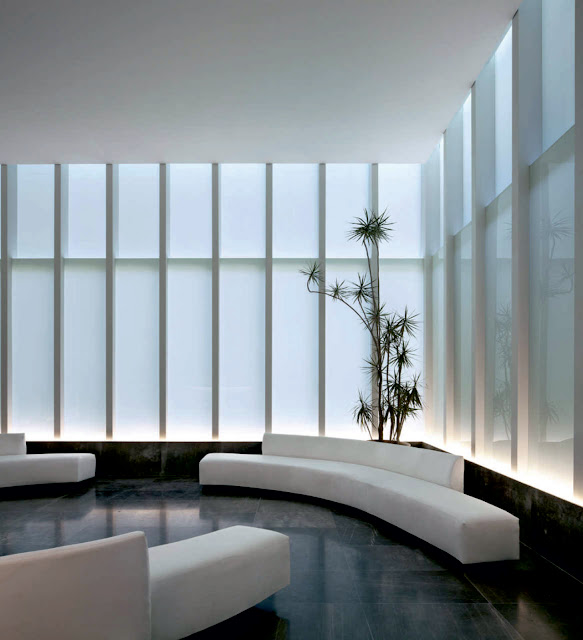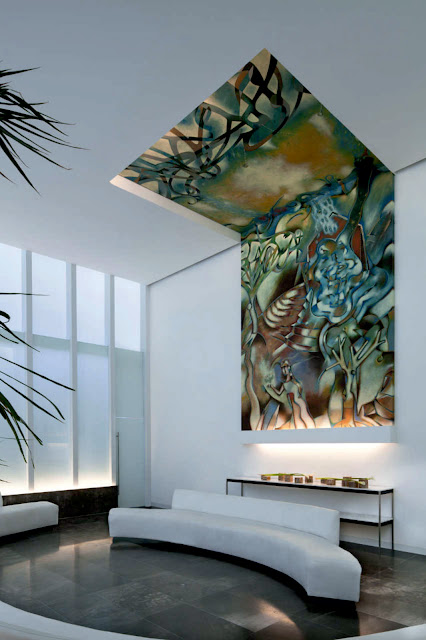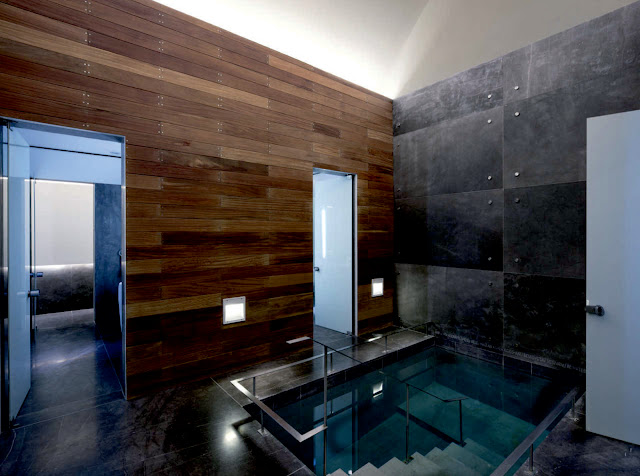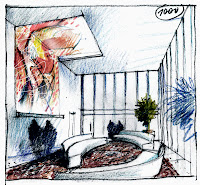The Mikveh is the ritual bath of purification in the Jewish religion. It is possible diving in fresh spring water, or in a place specially dedicated to it, fed by rainwater that must be collected, stored and communicated to the vessel that is called a Mikve.
All this must be made under a very strict set of rules related to the degree of water purity. These rules also include the use of materials, architectural measures and water treatment. The Mikveh is mostly used by women once a month, and for the brides to be, for conversions and certain holidays.
It is known to represent the womb, so when a person enters the pool it’s like to return to it, emberging as if reborn. In this way, you get a totally new and purified condition. This project has a special meaning for us. Twenty years ago we designed the Rajel Mikveh. It was the first “designed” Mikveh, there were other such places but not very fortunate; they were dirty and neglected, and community members were not going any longer.
The ritual was dissapearing, which according to the Jewish religion is the most important. Our design was so successful that all the communities began to make their own Mikvehs, but more than mystical spaces they seemed like luxury spas. Today, 20 years later, we realize that the event for the brides becomes a big celebration, and that there is not room to meet these needs.
Plus 20 years of use is also influenced by architectural trends of the moment, putting it out of time. So we have to destroy it to create a new proposal that meets the changing needs, both aesthetic and functional. The reception becomes a big box of white light, suggesting purity., No columns, just delicate natural aluminum vertical beams and white glass, floors in Santo Tomas marble, modern and sleek white sofas.
Starting up the wall and turning on the ceiling is a mural by the artist Saul Kaminer. The corridors around the building provide access to the washing bathrooms, and from these in to the Mikveh. There must be separate access and exit, since one enters impure and exits pure; this shift is found by contrasting the dark floor with the white walls and ceilings, enhancing the visual drama with recessed lighting .
The bathrooms are lined in Santo Tomás marble, with unpolished and polished white glass, stainless steel furniture and Arabescato marble. From here we enter the Mikve, a tall space with a gable roof of which is collected water to be used in the ritual. Cumaru wood paneling, marble floors and Santo Tomás marble line the pool.
The Mikveh’s symbolism also represents a tomb, therefore the ritual can not be performed in a tub; it must be done directly in the ground. That this aligns the Mikveh as much with the woman’s womb as the grave is not a contradiction; both are places where you can breathe, and at the same time are endpoints of the cycle of life.
Location: Mexico City, Mexico
Architects: Pascal Arquitectos
Construction: Rafael Salame
Photographs: Víctor Benítez


